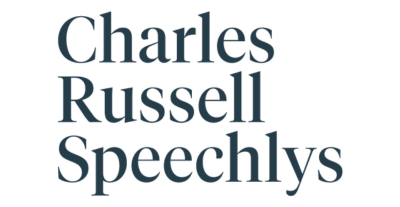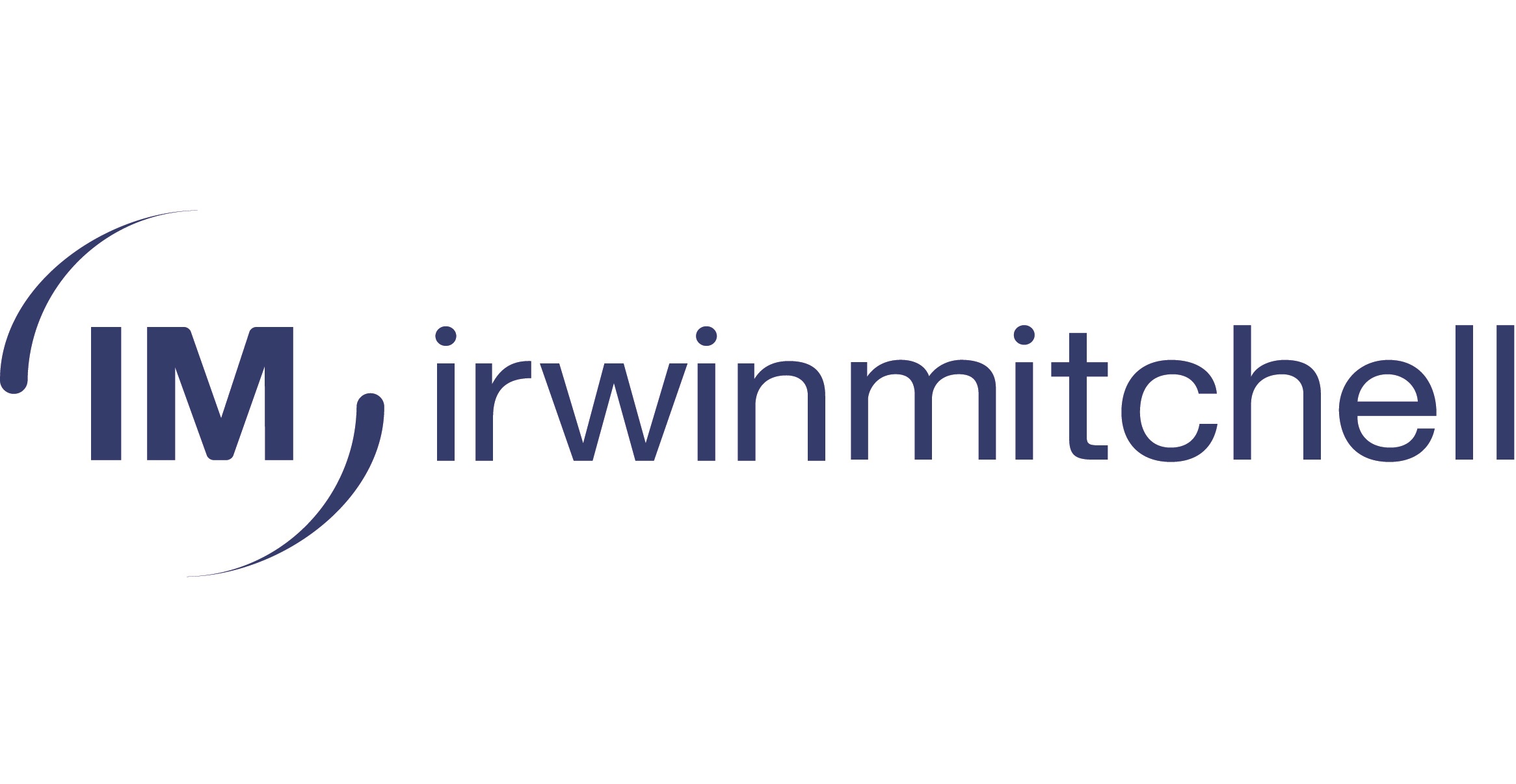Knowledge Hub
Join the Conversation!
Impartial and independent, ThoughtLeaders4 Private Client Knowledge Hub hosts cutting edge industry content and insight.
Email maddi@thoughtleaders4.com to submit content.
What the abolition of the non-dom regime means for non-UK resident trusts and those who use them?
Date: 11/03/2024 Type: Articles Topic: Private Client | Trusts | Wills and Estates | Inheritance | Next Generation Wealth | Investment and HNWI’s | Tax |This article assumes that the proposals will be implemented as announced. There will of course be an election between now and when most of the changes are due to take effect and it is possible that Labour would change the approach if they win power. For now we think it likely that the core of the regime announced by the Chancellor will be in effect for at least 2025/26 and so now is the time to start thinking about how to react to that, even if it may be sensible to defer any concrete action until there is more clarity on what Labour might do.
The announcements relevant to trusts
The key date is 6 April 2025 and the most important announcements for trusts were as follows:
- Income tax and capital gains tax: Protected trusts will lose that status from 6 April 2025 (no matter when they were settled);
- Inheritance tax:
- Excluded property trusts established by 5 April 2025 will retain that status (so, broadly, they should continue to be exempt from inheritance tax to the extent they hold only non-UK situated assets);
- The treatment of a trust established on or after 6 April 2025 will depend on the inheritance tax status of the settlor when the trust was established and/or when the relevant inheritance tax charges occur (such as on a ten year anniversary).
It is impossible to discuss the IHT treatment of trusts without mentioning the IHT treatment of individuals because the two are inherently linked. The current proposal for individuals is that from 6 April 2025 onwards their exposure to IHT will depend on their residency status. If they have been UK tax resident for 10 years they will be subject to UK IHT on their worldwide assets and they will continue to have this exposure for another 10 years after leaving. This is referred to in the Government’s technical note as the “residence criteria”. There is a great deal of uncertainty here, not least because all of the inheritance tax proposals are subject to consultation, but the implication is that trusts established on or after 6 April 2025 will be within the scope of IHT whilst their settlor satisfies the residence criteria.
What this means for existing non-UK resident trusts
It appears that the taxation of trusts with no living settlors will remain unchanged (although we will need to see the draft legislation to confirm this), as will the taxation of trusts whose settlors are non-UK resident and have no intention of ever moving to the UK.
It also seems as though trusts which are not protected (either because they never satisfied the criteria for protected status or because they have been tainted) should be unaffected by these changes.
We are therefore focused on trusts with UK resident settlors which are currently protected because (a) they were established by a settlor who was neither UK domiciled nor deemed domiciled at any relevant time and (b) they have not been tainted.
When a trust loses protected status on 6 April 2025 it will effectively come back within the scope of anti-avoidance rules which can attribute income and gains from within the trust structure to the settlor(s) (those regimes being the transfer of assets abroad regime, the settlements code and s.86 TCGA 1992). The terms of some of those anti-avoidance rules are likely to change between now and 6 April 2025 (s.86 is heavily influenced by domicile for example and retaining that link would run counter to the stated aim of removing domicile as a connecting factor in the tax system). However, it would be a significant endeavour to change their core functionality so for now we are assuming that they will still operate broadly as they do now.
For the income tax rules this means income might be attributable to the settlor if any of the following conditions are satisfied:
- the trust is settlor interested (which usually means either the settlor or their spouse/civil partner could benefit);
- some form of payment is made to the settlor or their spouse/civil partner (or they become entitled to such a payment); or
- payments are made to the settlor’s minor children.
Gains might be attributable to the settlor if:
- a “defined person” could benefit from the trust. Note that defined person includes the settlor, their spouse or civil partner, the settlor’s children and grandchildren and the spouses/civil partners of those children and grandchildren.
Some of these anti-avoidance rules also include rights of recovery, such that if the settlor is taxed on income and gains arising in the trust structure they have a right to recover that tax from the trustee. However, not all of the rules contain such rights and even where they exist, they may be difficult to enforce against trusts which are not governed by English law. This point is about to become relevant to a much broader category of settlor than it ever was before and now would be a good time to start looking at the implications for existing structures.
Defences to the anti-avoidance rules (in particular the motive defences) also need to be taken into account.
Step one for trustees and settlors is therefore to consider the terms of their existing trusts and identify (i) roughly how much tax exposure settlors might have from 6 April 2025 and (ii) whether any such tax could be recovered from the trust.
Step two will be to determine whether this position would be acceptable if the trust remained in its current form. The income tax and capital gains tax liabilities should be weighed against the possibility of continued inheritance tax benefits (which the Government has indicated should remain indefinitely although we wait Labour’s comments on whether they would change this). It should also be noted that the settlor's income tax and capital gains tax liabilities whilst the assets are in trust are unlikely to be worse than the equivalent liabilities that would arise if they held the assets personally.
If the position would not be acceptable, or at least the parties involved would rather avoid it if possible, step three would be to consider the options for change. These might include:
- changing the terms of the trust so as to reduce exposure (if possible);
- changing the investment strategy/assets of the trust so as to impact the amount of income and/or gains which arise and when they arise;
- bringing the trust onshore (it could be feasible to make the trust UK tax resident, which would stop many of the anti-avoidance regimes from applying, whilst retaining favourable IHT treatment);
- considering the beneficial class and whether it is desirable to distribute all or part of the trust fund out to them.
If winding up is the chosen strategy and there is an appropriate beneficiary who will be able to benefit from the new 4-year FIG regime in 2025/26 then it looks as though it should be possible to distribute the trust fund to them in that tax year with little or no UK tax. If no one will be in that position, then it may be feasible to distribute the trust fund to a remittance basis user before 6 April 2025 and for them to then remit the distribution into the UK after 6 April 2025 using the proposed “Temporary Repatriation Facility” (the TRF). However, the technical note does contain a reference to the TRF being unavailable in relation to foreign income and gains arising in trust structures and we will need further clarity before we know whether this is meant to refer to trust distributions as well.
Who should be considering new trusts?
The proposals set out on Wednesday implied that there will be a window between now and 5 April 2025 to establish trusts which will be permanently excluded from inheritance tax. Although Labour could row back on this aspect of the proposals, a non-domiciled individual who does not already have a trust might at least give themselves the option of taking advantage of this by establishing an excluded property trust now with a nominal amount of funding (say £10) and then being ready to fund it fully as soon as there is more clarity as to what will happen after the next election. Those becoming deemed domiciled on 6 April 2024 won't have the luxury of waiting and should consider fully funding an excluded property trust immediately.
Even after 5 April 2025, trusts will continue to be an important planning tool for many people. For example, it looks as though individuals will be able to establish a new trust without triggering IHT in the first ten years of their residence in the UK and then that structure could serve to hedge their IHT risk whilst in the UK. If the trust was for the benefit of their family (but they themselves were excluded) then it should only be subject to IHT at 6% every 10 years after the settlor satisfies the new residence criteria for IHT exposure. This might be considered preferable to a one-off 40% charge on death. Trusts holding offshore bonds (a form of life policy wrapper for investments) might also prove attractive in some instances and more generally trusts offer several non-tax benefits, particularly in relation to asset protection and multi-generational planning.
Other options
For those now considering options beyond trusts, there are other planning tools which might be looked at instead. These include Family Investment Companies and partnerships or insurance based solutions.
Authored by Edward Hayes, Director, Burges Salmon
Author
Edward Hayes, Director, Burges Salmon
Our Private Client Corporate Partners




























